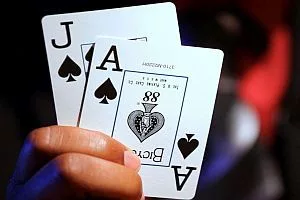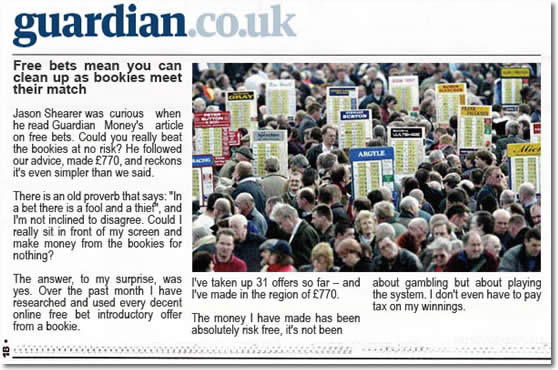Double Or Nothing Betting Strategy
- Double Or Nothing Betting Strategy Against
- Double Or Nothing Betting Strategy
- Double Or Nothing Betting Strategy Tactics
- Double Or Nothing Betting Strategy Odds
Welcome to our Double or Nothing tournament strategy guide. As the name suggests, a double or nothing sit and go is a tournament in which half the players double up their buy in and half the players get nothing. Despite PokerStars axing this format of SNG, they still remain a popular type of poker tournament on many sites including Party Poker, Red Kings and William Hill.
A Double or Nothing bet. John bets Frank $100 in a pool game. John loses and pays Frank $100. John says Double or Nothing and Frank accepts. John loses again and pays Frank $200 for a total of $300. The confusion lies when the loser of the initial bet holds onto the original stakes and doesn't pay up right away.

Double or Nothing – Flat payout structure
- There are two main Double or Nothing poker strategies: 1) Take a lot of risks right from the beginning. Play very aggressively to try and gather as many chips as possible. You'll be taking advantage of your opponents' fear since most people are usually pretty tight in these tournaments.
- Martin has just heard about a gambling strategy: bet 1 dollar that a fair coin will land heads. If it does, stop. If it lands tails, then double the bet for the next toss, now betting 2 dollars on heads. If it does, stop.
In most online poker tournaments the prize awarded to each player increases based on their finishing position. In double or nothing SNGs though each player that finishes in the money receives the same prize, regardless of how many chips they finish the tournament with. In this way they are similar to satellites to larger tournaments and as such, also require some changes to normal SNG strategy. Survival is key, not chip accumulation.


Double Or Nothing Betting Strategy Against
Double or Nothing Strategy Overview
In poker tournaments you gain equity by either gaining chips or by other players knocking each other out. Most fish don’t consider the latter and still try to accumulate chips without taking into account ICM. In double or nothings (DONs) the flat payout structure means you need to have a large advantage in a hand to justify playing a large pot.

Double or Nothing Strategy – Early stages
The above remains true in the early stages of the tournament. To illustrate why this is the case let’s take a look at an example.
You are playing a $20, 10 man double or nothing SNG. Each player begins the tournament with 1500 chips and $20 in equity. Now suppose you get all in versus one opponent and double up to 3000 chips. Has your equity doubled? Not even close. Your equity only jumps by 56% up to $31.22.
This means that you should avoid playing big pots unless your hand has a big equity advantage over your opponents range. In the above example where everyone has equal chips and you are all in against a player you need to have at least a 64% advantage just to break even in tournament equity terms. As you need to win nearly 2 out of every 3 all-ins you should clearly avoid any coin flips or close spots.
Double or Nothing Strategy – Middle stages
As the blinds increase, losing any pot starts to become very costly. This means you shouldn’t be calling raises unless you think you are well ahead of your opponents range. The incentive to steal blinds also increases though as each steal starts to add a significant amount to your stack. Against tight opponents you should start to try more blind steals to maintain or increase your stack size.
Double or Nothing Strategy – Late stages and bubble
In the late stages your strategy should be based solely on survival. Your decisions will largely be affected by the remaining chip stacks and the position and size of the blinds. To call an all-in your standards should be even higher than our example from the early stages where you needed to be a 64% favourite to break even.
Double Or Nothing Betting Strategy
To see why let’s take a look at another example where you are in the same $20, 10 handed DON with 6 players remaining and by some miracle everyone has even stacks of 2500. Here everyone has $33.33 equity in the tournament. Suppose you now get the chance to call an all-in. The prize is $40 so winning the all-in and doubling up to 5000 chips will increase your equity by just $6.67, but if you should lose the all-in you will lose $33.33 in equity. This means that you are risking $33.33 to win just $6.67 therefore you need to have an 83.3% advantage over your opponents range to justify calling the all-in.
When facing a raise, especially an all-in, your default should be to fold. There are exceptions of course. You may be sitting there with aces against an opponent who is shoving any two cards, in which case your hand has the necessary equity advantage. If you have a very small or very large stack your decision may be also swayed towards a call due to the different risk to reward ratio.
Double Or Nothing Betting Strategy Tactics
Double or Nothing SNG Strategy Summary
Double Or Nothing Betting Strategy Odds
While DONs aren’t the most exciting form of poker available they can still be very profitable, and are certainly a low variance way to make a living. DON SNGs lend themselves to multi-tabling so you should mark the regulars as you will see them often and marking them should enable you to avoid particularly tough games. Adjusting to the unusual equities and bubble factors better than your opponents will ultimately lead to success in these tournaments.